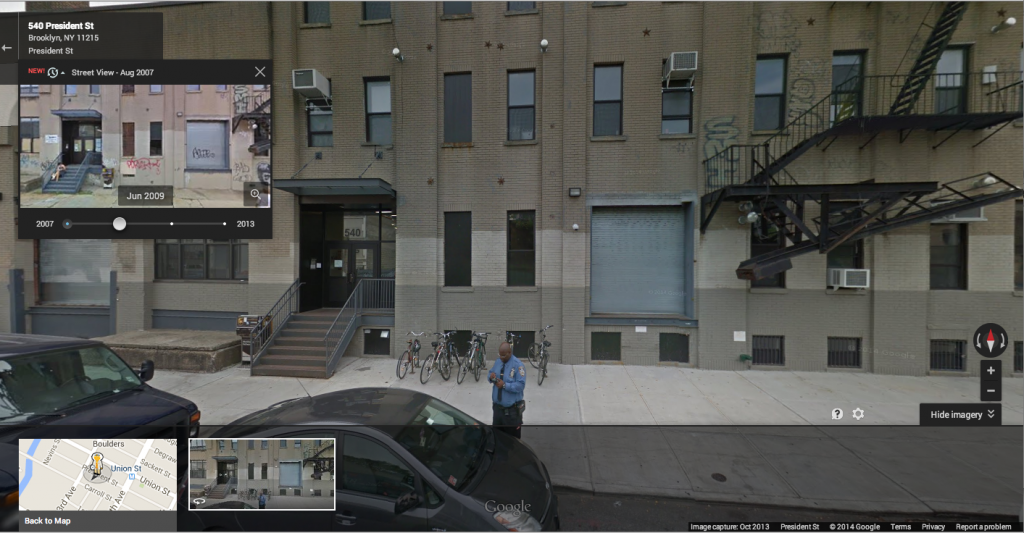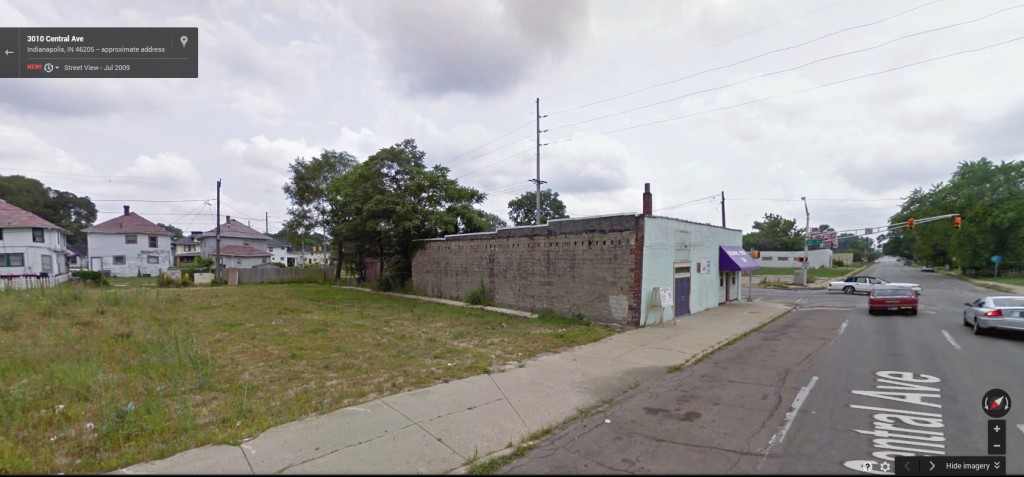Last year, something big happened for public transit in America. In 2013, a whopping 10.7 billion rides were taken on US transit. An impressive record high, the number reveals that the trend we’ve all seen in action – Americans, especially millennials, setting their sights on walkable, bikeable, train- and bus-able towns and cities – is a very real one, and could completely change the face of American transportation.
The news couldn’t be better. With climate change breathing down our necks, and study after study reporting that access to good public transit makes people both happier and healthier, America needs to get with the program. Sure, New Yorkers might have a million great – if loud, slow, crowded and smelly – transit options, but they enjoy nearly 50% of all US public transit rides, while much of the rest of the country gets the short straw. We all need the option to ditch our cars, and to become a country that walks, bikes, hops on the train.
“Overall for the transit industry,” says Transit Center research and development director Shin-Pei Tsay, “for all the transit agencies, all the operators, all the people who provide services and infrastructure and construction, I think overall they’re just really excited, because on the wholesale level, there’s finally public demand for transit services.”
But despite all the buzz about the increasing demand for public transit, says Tsay, “little has changed in the industry.” That’s because most of the big changes we need to see are bound to come very, very slowly. Projects like laying down new track, redesigning streets and intersections, and adding trains and busses to existing lines will be hugely expensive, and they’ll be forever in the making. Plus, some will also be disruptive for locals. Case in point: New York’s always-and-forever pending 2nd Ave subway line, with all the incredible noise and mess it’s brought to NYC’s east side.
Here’s the game-changer, though. We don’t have to wait. There are so many other ways – vastly cheaper, quicker, easier, and more creative ways – for us all to start making American public transit as safe and comfortable as it should be. Turning a single decrepit Memphis bus shelter into a celebration of Soulsville musical heritage, for example, can help to enliven an entire neighborhood. Introducing a public art installation at a neglected intersection can help people envision the space as full of possibility. Simply putting up a colorful, hand-painted sign at a metro stop, to let riders know it’s only a fifteen-minute walk to the park, can reinvigorate daily routines. These are projects that transit authorities would see as being outside of their wheelhouse, and would never tackle. And they’re exactly the types of projects we the riders, we the walkers and cyclists, can get started on right now.
This fall, ioby has sponsored ten such projects as part of its Trick Out My Trip transit campaign. The ten ioby team Leaders are community organizers, cycling advocates, transit authority staffers and volunteers, software programmers, artists and involved citizens, and they come from all over the country – Los Angeles, Seattle, Memphis, Louisville, Atlanta, Denver, Lithonia, and Brooklyn. Each of them has an innovative idea about how to quickly improve transit in his or her city, and – with funds raised through ioby, then matched by Transit Center – they’ll each complete a test run between now and Thanksgiving.
As researchers pay closer and closer attention to the psychology of public transit, studies have shown that the sorts of projects these ten ioby Leaders will be completing can have a very concrete impact on riders’ satisfaction. Researchers at the University of Minnesota have found, for example, that basic amenities at bus stops – shelters, benches, clear and accurate schedules – make people’s wait times feel significantly shorter. And that may be far more important than we’ve previously assumed. As Transit Center’s 2014 Who’s On Board study reported, “Transit is personal. Unlike the sewer systems, the power grid, and telecommunications infrastructure, transit can evoke pride, frustration, and even fear. It can shape our most personal decisions about where we live and work.”
“It’s super exciting,” says Tsay of partnering with ioby on Trick Out My Trip. “I love seeing ideas from people who are everyday transit riders. Change can’t happen without them. Seeing that there’s interest in the communities means that there’s a growing contingency who might really think about transit in a different way and put pressure on their transit agencies and on their elected officially to think about transit differently, and I think all of that really makes a big difference in the long run.”
Stay Tuned! This blog is the first in a series this week!
- Walk This Way, LA
- Sprucing up the Sketchy 4th & 9th Street Station
- Walk Denver
- Play Stations in the North Side of Denver
- Bus Stop Love
- Better Transit for a Better City Image
- Eco Louisville Bus Shelter
- Self Service Bike Repair and Bus Timetables in Atlanta









